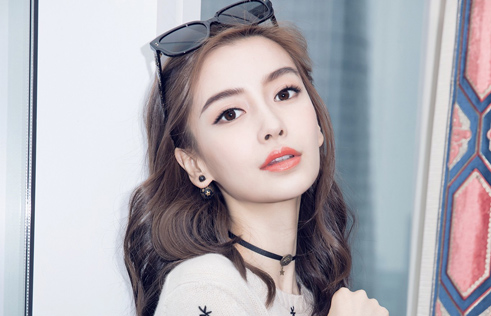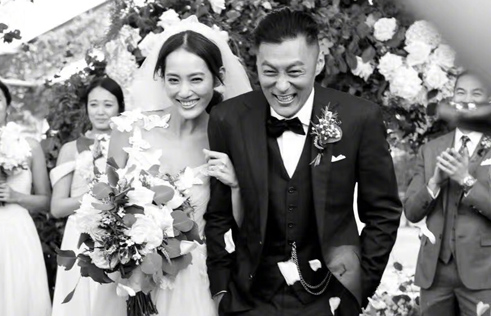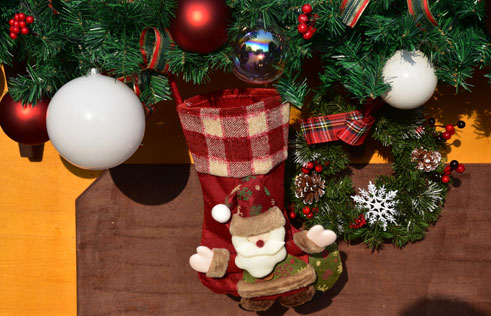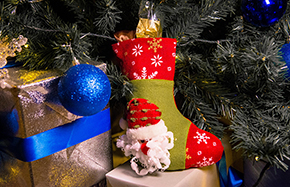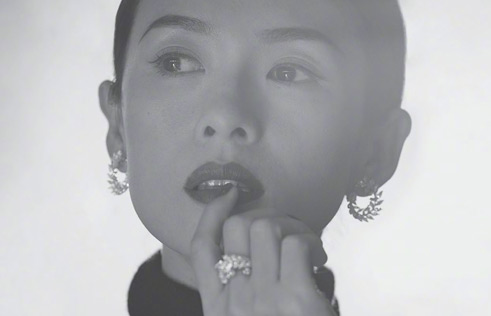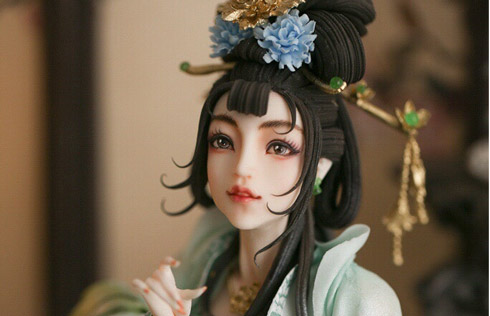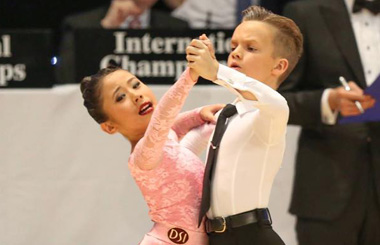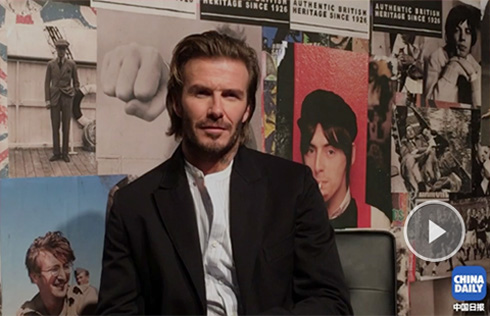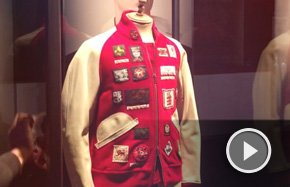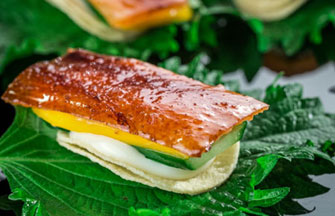Sichuan Opera
Music of Sichuan Opera
Musically, Sichuan Opera combines five different sonic systems, namely, gao qiang hu qin, deng diao, tan xi and kun qu -- all of which were still represented by their own independent troupes respectively until the end of the Qing Dynasty (1644-1911).
Founded in the province's capital city of Chengdu in 1912, the Sanqinghui troupe officially combined all five of these systems and fused them into a unique system of acting, singing and instrumental music, where all of the librettos were written in the Sichuan dialect. The best-known style with most distinct characteristics of southwestern China is called gao qiang, which is distinguished by solos that are usually accompanied by sparse rhythmical accentuations played with wooden clappers.
This highly ornamental vocal style is distinguished by brilliantly artful glissando links, skillfully implemented vibrato embellishments around a single tone in the form of a delicately elegant yet energetically melodic ornamentation. The simplicity of the folk songs' melodic structures is often retained.
In addition, an orchestra chorus either comments on or repeats what has already been sung. The chorus can also be represented by a solo. In the past, members of the chorus also often doubled as percussionists and, like the percussionists, were clad in everyday garments and appeared in full view on stage. Nowadays, they perform in the orchestral area, which is situated along one side of the stage and is concealed from the audience.
The barbarian fiddle, or hu qin, was probably brought into Sichuan by the famous Peking Opera. On the other hand, the masked theater known as deng diao, which evolved from exorcist ceremonies practiced in the villages, is clearly of Sichuan origin. Deng diao was only accepted very gradually and with much hesitation from professional performance troupes. Removable masks are distinct from the painted masks, which are traditionally worn by performers on stages elsewhere in China. Alongside the dominant dialogues there are also numerous old folkloric themes that were typically heard in the past at rural festivals, weddings and funeral processions. The accompanying instruments are primarily small drums and gongs.
Itinerant troupes from northern China probably brought the clapper element, tan xi, to Sichuan. This style is characterized by cunning, emotionally fraught rhythms played on wooden clappers, accompanied by the so-called "moon guitar."
The fifth stylistic element in Sichuan Opera is called kun qu. It originated in the southern Yangtze Basin and was later imported to Sichuan as a variant of the traditional and respected Kunqu Opera, with its discriminating literary dramas and fluent, highly artful melodies. The dominant melodic instrument here is the bamboo flute (di zi).
A single theater piece of Sichuan Opera usually combines two or three of these musical styles. Only very rarely do all five systems appear together. The gao qiang style is the most frequent and its structure is most clearly developed.


